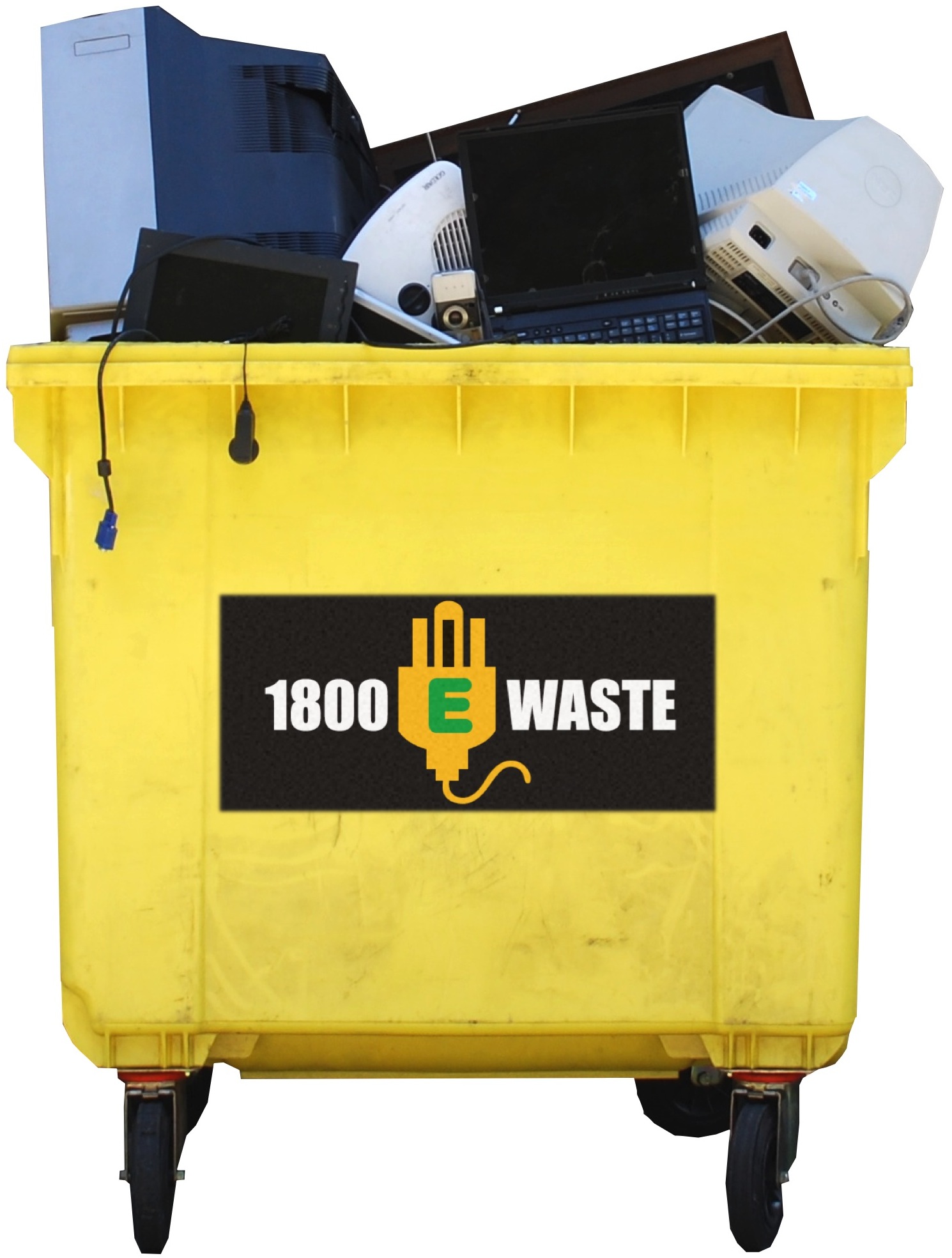The importance of recycling fluorescent lights
Fluorescent lighting isn’t new, in fact we’ve been installing it in our houses since the 1940’s. However, with the advent of the compact fluorescent light (CFL) now replacing incandescent lights, we need to raise awareness about the importance of recycling them correctly. The advantages of using a CFL over an incandescent light are numerous, the most significant is the energy saving, a CFL uses up to 80% less electricity than the old incandescent light bulb. According to the US EPA, if every home in America replaced just one incandescent light bulb with an energy star1 qualified CFL, the energy saved would be sufficient to










